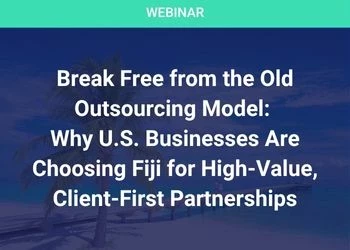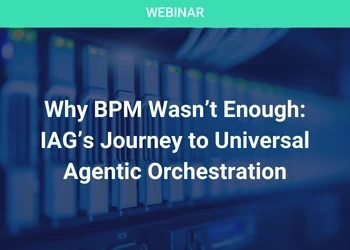Business Lesson 4: Learn how to give first-rate presentations so that the message you’re trying to deliver is the same one the audience receives
Add bookmarkIs there a secret formula for success in business – and in your career? Probably not. But I believe it makes sense to learn from the people I respect and who have been successful themselves.
Case in point: Ira Fialkow was the Executive Vice President for Shared Services at CEMEX, until recently. His career spans 25 years and he is a highly respected leader in his field. This series marks the culmination of 25 business lessons documented and developed by Ira over the past 25 years of his career. Ira used to distribute these lessons to the team every year. In this series, I will endeavor to share the 25 business lessons that I’ve learned from Ira and our shared services team.
Nowadays, having good presentation skills seem to be a no-brainer. In fact, there is plenty of information out there about how to give good presentations – for example, how to be a good speaker, which gestures to use, correct posture, how to capture your audience’s attention, etc. However, I think it is just as important that the message of each presentation is delivered concisely and effectively.
First of all, if your audience doesn’t get your message, then you didn’t deliver it. This is part of accountability – a common theme in all these 25 work-life lessons. The audience must be considered first. It is your responsibility to ensure that the message your audience receives is exactly the same as what you intended to deliver. Secondly, if you are not able to deliver your idea or solution, then there is no innovation – the second repeating theme on these work-life lessons. No matter how insightful, or powerful, innovative or fantastic your solution or idea is, if your target audience doesn’t "get it", then none of it matters.
Make sure your message is the one they receive
Before you even create your presentation start with the end in mind by asking yourself: With what message do I want the audience to leave? Business leaders that develop exceptional presentation skills do it by analyzing both their audience and their purpose for presenting. This message needs to be the exact message the audience receives. To do this, you will need to consider how your audience best processes information. For instance, will a story that relates to the solution you are offering going to engage your audience, or will it make them impatient?
In discussing this with Ira, he mentioned that whenever it came to issues related to change management, he would always try to engage the audience with a story that they can relate to. The story should be relevant to the current situation and help explain the "Why behind the what?" For people to engage in change, they first need to understand the need for the change. Without that understanding, there will be no desire to hear the message.
In giving a presentation to executives, usually they know the "why" and are primarily interested in the "what", "who" "how much" and "by when". However brief the presentation is, that too needs to have a good story flow, but delivered in a much more summarized manner.
The success of your presentation is best measured by how well the audience understands or appreciates the subject matter after you finish speaking. Naturally, presentations will be very different depending on the target audience and the message being delivered. Your presentation should have a logical sequence and the message should tell a story that can be readily retold by the audience.
Be brief. Be bright. Be gone.
A 2009 report on American consumers, published by the Global Information Industry Center of the University of California – San Diego, stated that the average American receives about 33.80GB or more than 100,000 words of information per day. (Bohn & Short, 2009) That’s a lot of information to process! If you want your message to be heard and understood, keep it short and relevant. Studies show that the average adult’s "undivided attention span" is roughly 30 seconds. So even if you have the most interesting topic or are the most exceptional presenter, you still can’t keep the audience’s undivided attention for so long. That’s why our advice in this lesson is, "be brief be bright, be gone." The story or message needs to be brief and focused — compelling and worth retelling for it to stick. Everybody is busy and you have to be able to cut through the clutter. You need to be able to present your idea concisely. We call it the "elevator speech" – a 30-second presentation you would give to your audience (such as your CEO) if you found yourself alone in an elevator with them (and you have their undivided attention).
Secondly, your message needs to be memorable. This is what "be bright" means. Your presentation needs to be impressive enough to cut through all of the other information that your audience receives. And finally, after you have delivered your message concisely and memorably, finish your presentation, and "be gone". There’s nothing worse than having a drawn out presentation. For this, you need to assess your audience and determine if the message has been received or if more information is required. Remember that the closing part of the presentation is what the audience will remember the most. Repeat your purpose statement. By doing so, you deliver your key messages one final time.
Business Lesson 4 Takeaways:
Know your audience. Each presentation must be tailor-made for the audience.
No matter how insightful, or powerful, innovative or fantastic your solution or idea is, if your target audience doesn’t "get it", then none of it matters.
Make sure that your message is the one they receive. Your message should tell a story and it should be one worth retelling.
"Be brief, be bright, be gone". It is important that you deliver your message concisely and memorably.
Link to Previous Lesson: Set your performance standards high and never give in to "good enough". Be your own toughest critic.






















